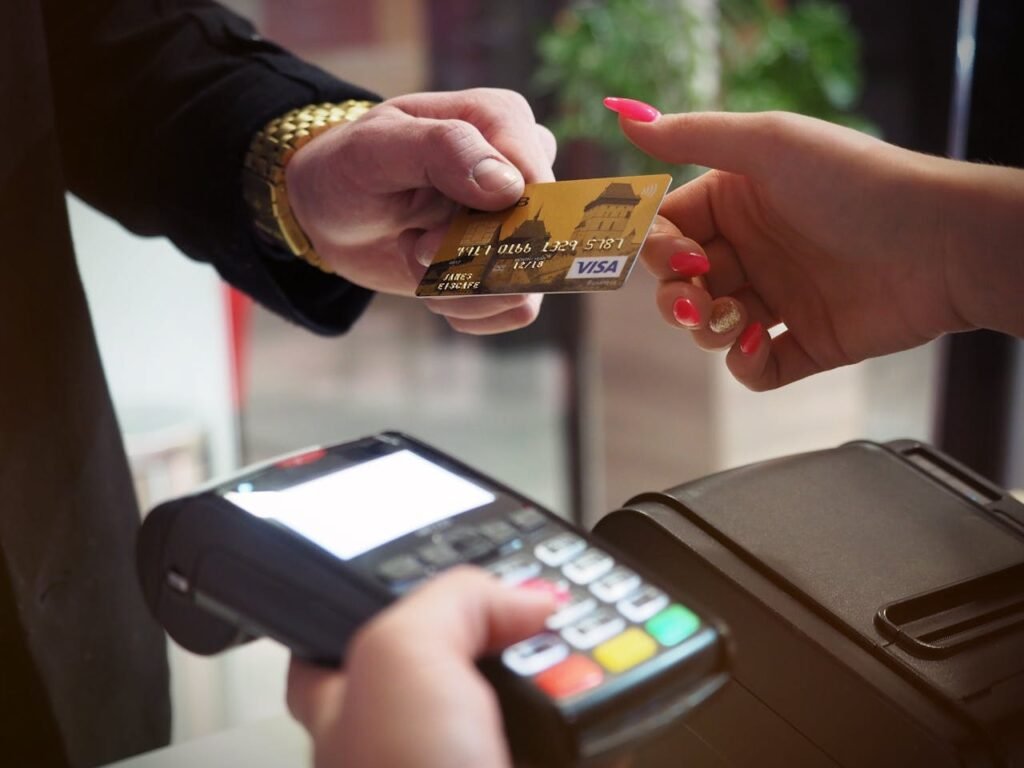Hotlist Debit Card: The Ultimate Solution to Secure Your hard earn money
When dealing with financial security, one critical term that surfaces is the “Hotlist Debit Card” This term is essential in protecting against fraudulent activities and ensuring customers have peace of mind when using debit and credit cards. Hotlisting a debit or credit card refers to blocking or temporarily disabling a card due to theft, loss, or suspicious activities. Let’s dive deeper into why hotlisting is crucial, how different banks handle it, and how it impacts daily banking routines.
Key Takeaways
- Quick action with hotlisting: Hotlisting a debit card can promptly block unauthorized access, securing funds.
- Bank-specific processes: Each bank, like ICICI, BOI, HDFC, and Canara, has unique procedures for hotlisting.
- Multiple channels available: Hotlisting can often be done through ATMs, customer care, and online portals.
- Prevents identity theft: Hotlisting is a proactive measure against identity theft and fraudulent transactions.
- Temporary and permanent options: Users can choose between temporary blocking and permanent hotlisting based on their situation.

What is Hotlisting, and Why is It Important?
Hotlisting is an essential safety measure that prevents the unauthorized use of a debit or credit card. This process becomes particularly useful in cases of card theft, loss, or suspicion of fraudulent activities. Hotlisting temporarily blocks the card, making it unusable until further notice from the cardholder, ensuring that the card owner’s funds are safe.
Easy and quick steps to hotlist debit card in India quick overview and apply now
| hotlist debit card Step by Step | Description |
|---|---|
| 1. Identify the Need for Hotlisting | Confirm if your card is lost, stolen, or compromised due to suspicious transactions. Acting quickly minimizes the risk of unauthorized access. |
| 2. Choose Your Hotlisting Method | Decide how to proceed: hotlisting can often be done through customer support, online banking, mobile apps, or ATMs. |
| 3. Contact Customer Support | Call your bank’s customer care hotline. Many banks in India offer 24/7 support for reporting lost or stolen cards. |
| 4. Use Online Banking or Mobile App | If available, log into your online banking or mobile app, locate the “hotlist” or “block card” option, and follow the prompts. |
| 5. Visit an ATM | For some banks, you can hotlist your card directly at an ATM by selecting the “Report Lost Card” or similar option on the menu. |
| 6. Verify Your Identity | Be prepared to provide identity verification, such as answering security questions, to confirm your authority over the account. |
| 7. Confirm Hotlisting and Request a Replacement | Once the hotlisting is completed, request a new card. Your bank will send a replacement debit card, typically within a few business days. |
How to Hotlist a Debit Card
Most banks offer several ways to hotlist a debit card. Depending on the bank, customers can initiate the hotlisting process through customer support, online banking platforms, or even via ATM:
- ATM Hotlist: Some banks provide the option to hotlist cards directly through ATMs, making it easy for customers who may not have immediate online access.
- BOI Credit Card Hotlist: The Bank of India allows customers to hotlist credit cards by calling their customer service hotline or using the BOI online banking portal.
- Canara Bank Hotlist Debit Card: Canara Bank customers can hotlist their debit cards via phone, online services, or the bank’s mobile app.
Hotlisting with HDFC, ICICI, and Other Major Banks
Many prominent banks, including HDFC and ICICI, have streamlined hotlisting processes. Here’s a closer look:
- HDFC Credit Card Hotlisting: HDFC customers can hotlist their credit card through phone banking or the bank’s website. HDFC also provides an option for temporary blocking in case the customer finds the card after reporting it.
- ICICI Credit Card Hotlisting: ICICI Bank offers various hotlisting methods, from calling customer care to using mobile banking services for quick, secure hotlisting.
Hotlisting vs. Temporary Blocking
Some banks offer the option of temporary blocking, which can be reversed if the card is found quickly after being reported lost or stolen. Hotlisting, however, is a more permanent solution that often requires the reissuance of a new card. For instance, hotlisting of a debit card means that the card is deactivated permanently and a new card will be issued to the customer.
When Should You Hotlist Your Debit or Credit Card?
Hotlisting is highly recommended if you have lost your card or suspect unauthorized activity. Failing to hotlist a compromised card can lead to significant financial losses. It’s better to act quickly and prevent potential fraud by understanding how your bank handles hotlisting procedures.
ATM hotlist:
Quick steps to ATM Hotlist a debit card in India, along with easy instructions
| ATM hotlist Steps | Description |
|---|---|
| 1. Locate an ATM | Go to the nearest ATM of your bank, as some banks require using their own ATMs to initiate a hotlist request. |
| 2. Insert Debit Card | Insert your debit card into the ATM slot as usual. |
| 3. Select ‘Hotlist’ Option | Navigate through the menu options on the ATM screen until you find “Hotlist Card” or a similar option. |
| 4. Confirm Hotlist Selection | Choose the hotlist option and confirm your intent to block the card permanently. |
| 5. Enter Account Details | The ATM may prompt you to enter specific account information, such as your account number or PIN. |
| 6. Receive Confirmation Message | Once completed, the ATM will display a message confirming that your card has been hotlisted. |
| 7. Contact Customer Support | For further assistance, it’s recommended to contact your bank’s customer service to confirm the action. |
This guide can help customers quickly block a lost or compromised debit card via ATM, ensuring safety from unauthorized transactions.
What Happens After Hotlisting?
Once a debit or credit card is hotlisted, it becomes unusable for any transaction. Banks like BOI and Canara immediately block access to any funds linked to the hotlisted card. After hotlisting, the bank will issue a new card, often with a new PIN, ensuring security against any potential threats from the compromised card.

Advantages and Disadvantages of Hotlisting
Hotlisting serves as a robust security measure but comes with pros and cons. The main advantage is security against fraud. However, a disadvantage is the inconvenience of waiting for a replacement card, which can take a few days to arrive.
How Different Banks Handle Hotlisting Requests
- BOI Credit Card Hotlist: BOI provides a dedicated customer support line for card hotlisting requests.
- HDFC and ICICI: Both banks have user-friendly online and phone hotlisting options for immediate card deactivation.
- Canara Bank Hotlist Debit Card: Canara Bank customers can contact customer support or use online platforms for hotlisting requests.
FAQs
How do I hotlist my debit card if it’s lost or stolen?
Most banks allow you to hotlist your debit card through customer support, online banking, or an ATM. It’s best to check with your bank’s specific guidelines.
Is hotlisting permanent, or can I reverse it if I find my card?
Hotlisting is generally permanent. Some banks offer temporary blocking if you find the card immediately after reporting it.
What’s the difference between hotlisting and blocking a card?
Hotlisting is typically permanent and requires card replacement, while blocking can be temporary, depending on the bank.
Can I hotlist my card using an ATM?
Yes, some banks, like HDFC and ICICI, provide ATM hotlisting options.
Will I receive a new card after hotlisting?
Yes, most banks will issue a new card as soon as the hotlisting process is completed.
